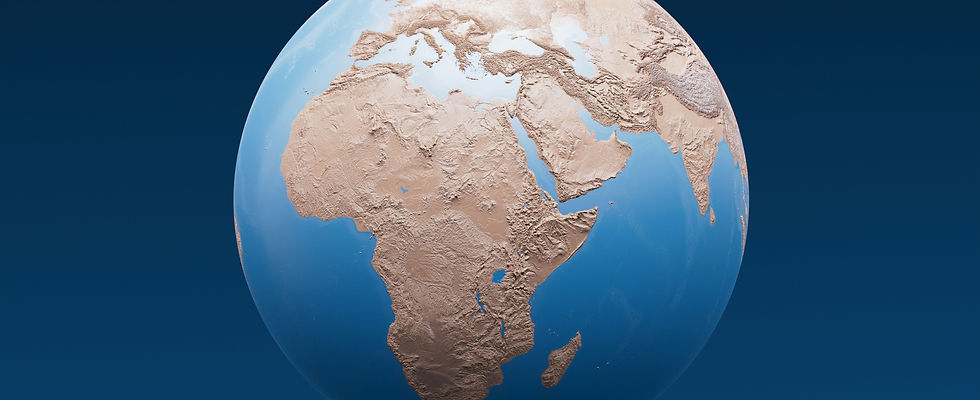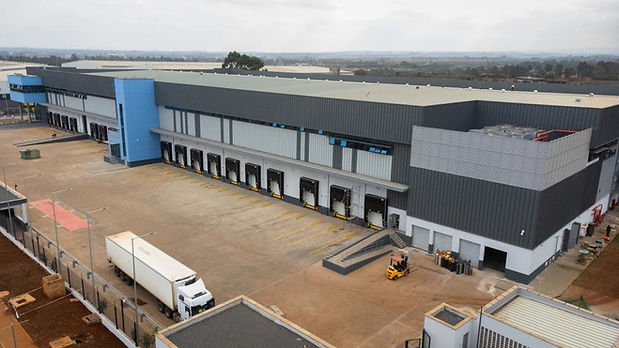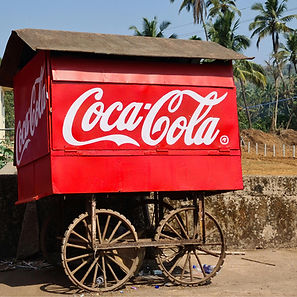
Global giants are increasing investment in Africa’s cold chain logistics. On July 8, 2025, Unilever announced a 2.4 billion Kenyan shilling (about 120 million RMB) distributor financing program with Equity Bank. The focus is to improve supply chain efficiency and last-mile delivery, with cold chain logistics as a key target[1]. Just a month earlier, Kuehne+Nagel, the world’s third-largest logistics company, expanded its office in Kenya, citing rapid growth in cold chain and flower logistics[2].
Why are these traditionally cautious companies suddenly betting big on Kenya’s cold chain? What they see is not only warehouses and trucks, but a fast-growing market ecosystem that has long been underestimated.
01
An Underestimated Market:
The Value Behind the Gap

The numbers are telling. Kenya’s total cold storage capacity is only 500,000 tons. Countries with a similar economy need 1.5–2 million tons. This gap of 1–1.5 million tons, at $1,500–2,000 per ton to build, means an initial investment opportunity of $1.5–3 billion—excluding later income from operations, upgrades, and maintenance.
The medical cold chain shows similar weakness. Kenya’s Ministry of Health reports that only 70% of 4,700 health facilities have basic cold chain equipment. Of these, only 55% work properly, with over 30% failure rates[3]. During vaccine transport and storage, 10–18% are wasted due to temperature failure—far higher than WHO’s safe standard of 5%. This is both a public health issue and a sign of major upgrade potential[4].
Demand growth makes the case stronger. In Nairobi, frozen food sales grow 12% annually; chilled fruits and vegetables grow 8%. StrategyHelix predicts that by 2030, Kenya’s ice cream market alone could increase by $64.2 million, with a 7.2% annual growth rate[5].
image from Cold Solutions Kenya
Modern cold storage facility in Kenya
02
Why Now?
Three structural shifts are making cold chain a necessity, not a luxury.

Urbanization reshapes consumption.
With a 28% urbanization rate, Kenyan city consumers are willing to pay 15–25% more for cold chain products. In Nairobi, cold chain products rose from 12% of household food spending in 2020 to 18% in 2024.
Policy support
In 2022, the government launched a “National Cooling Action Plan” as part of its agricultural strategy[6]. The Ministry of Health also aims for full cold chain coverage in medical facilities by 2026. Government procurement will become a steady revenue source.
Export needs
Kenya is Africa’s second-largest avocado producer, but without proper cold chain, only 65% of shipments to the EU meet standards, compared to 85% from South Africa. Every 1% improvement adds $2 million in export earnings.
03
The Profit Models of Giants

Coca-Cola is the best case study. Even in remote villages, you can find cold Coca-Cola. This is because they build an ecosystem of “equipment + service + channels.” Small shops get free fridges, but must stock Coca-Cola exclusively. Shops gain free cooling, while Coca-Cola gains control of the outlet and sales. Sales points with fridges see Coca-Cola sales rise 35%, and total beverage sales rise 60%. More strategically, Coca-Cola shares its supply chain know-how with groups like the Global Fund through “Project Last Mile,” helping deliver vaccines and medicines in Africa’s remote areas. This fulfills social responsibility while strengthening its last-mile network[7].
Unilever chose another route—“finance + logistics.” In July 2025, it launched the 2.4 billion shilling distributor financing plan with Equity Bank. Dealers get low-interest loans to buy cold chain equipment, securing loyalty to Unilever. Meanwhile, equipment rental and service generate steady income. The model also ensures a stable supply chain for Unilever products[8].
Chinese firms are also moving in. In December 2023, Yili became the first Chinese dairy brand in Tanzania. Its Joyday ice cream, produced in Indonesia, traveled 7,450 km across the Indian Ocean under –20°C constant temperature. Yili built a full cold chain service system with digital temperature monitoring and dealer training[9].
The common pattern is clear: not just selling hardware, but controlling key nodes in the value chain, making money from financing, rentals, and channel lock-in.
Kenya’s cold chain market is on the edge of a breakthrough. Global giants rushing in prove both its potential and urgency. In theory, Chinese companies have strong cards: mature technology, solar cooling solutions for unstable grids, 30–40% cost advantage over Western peers, and Belt and Road financing support.
More Chinese companies are now trying to gain a foothold. Xinxiang Xindong Machinery entered Kenya with milk cooling tanks and fresh milk trucks. Our own Odysseus project is building cold chain for fisheries and ice cream. These cases show the opportunity is real.
But investment and fieldwork also reveal challenges: complex KEBS certification, unstable power, shortage of skilled labor, currency risks, and the need for flexible payment models for farmers and small merchants.
Future articles in this series will share more on-the-ground investment experience and market insights, to give Chinese companies practical guidance for entering this market. Stay tuned.

References